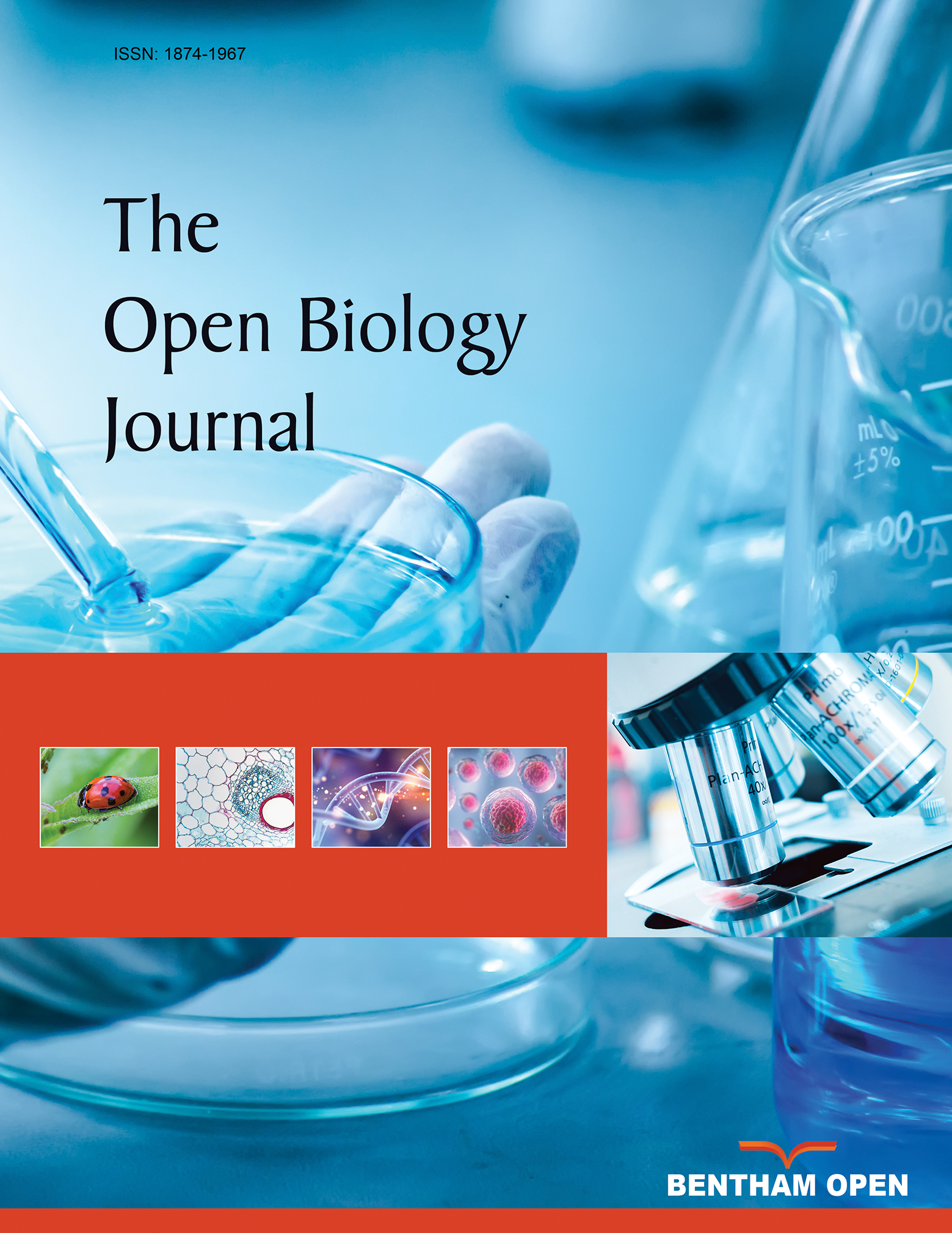All published articles of this journal are available on ScienceDirect.
HIF-1α Promotes A Hypoxia-Independent Cell Migration
Abstract
Hypoxia-inducible factor-1α (HIF-1α) is known as a transactivator for VEGF gene promoter. It can be induced by hypoxia. However, no study has been done so far to dissect HIF-1α-mediated effects from hypoxia or VEGF-mediated effects. By using a HIF-1α knockout (HIF-1α KO) cell system in mouse embryonic fibroblast (MEF) cells, this study analyzes cell migration and HIF-1α, hypoxia and VEGF activation. A hypoxia-mediated HIF-1α induction and VEGF transactivation were observed: both HIF-1α WT lines had significantly increased VEGF transactivation, as an indicator for HIF-1α induction, in hypoxia compared to normoxia; in contrast, HIF-1α KO line had no increased VEGF transactivation under hypoxia. HIF-1α promotes cell migration: HIF-1α-KO cells had a significantly reduced migration compared to that of the HIF-1α WT cells under both normoxia and hypoxia. The significantly reduced cell migration in HIF-1α KO cells can be partially rescued by the restoration of WT HIF-1α expression mediated by adenoviral-mediated gene transfer. Interestingly, hypoxia has no effect on cell migration: the cells had a similar cell migration rate under hypoxic and normoxic conditions for both HIF-1α WT and HIF-1α KO lines, respectively. Collectively, these data suggest that HIF-1α plays a role in MEF cell migration that is independent from hypoxia-mediated effects.


